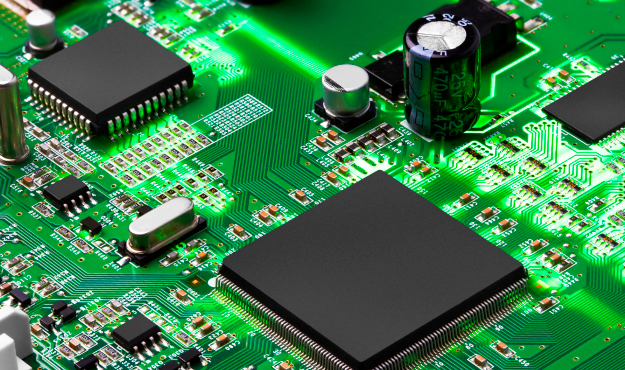
Selecting materials for a high-speed PCB involves careful consideration to ensure optimal signal integrity, minimal signal loss, and reliability. Key factors include dielectric constant, dissipation factor, copper foil thickness, substrate material, signal integrity considerations, glass transition temperature, thermal properties, frequency range, cost, manufacturability, and vendor reliability. It is crucial to choose a substrate with a stable and low dielectric constant, match impedance requirements, and consider thermal performance for stable high-speed signal transmission. Balancing performance, cost, and manufacturability is essential, and collaboration with experienced PCB designers and the use of simulation tools for signal integrity analysis are recommended. Prototyping and testing are crucial steps to validate real-world performance.
Here are some key factors to consider when choosing materials for a high-speed PCB:

1. Dielectric Constant (Dk):
Choose a substrate material with a stable and low dielectric constant. Dk affects the speed of signal propagation through the PCB. Lower Dk values are generally preferred for high-speed applications.
2. Dissipation Factor (Df):
Low dissipation factor is crucial for minimizing signal loss. A lower Df indicates less energy loss as the signal travels through the PCB.
3. Copper Foil Thickness:
Thicker copper layers reduce resistance and enhance current-carrying capacity. For high-speed PCBs, it's common to use thicker copper layers to improve signal integrity.
4. Substrate Material:
Choose a high-quality substrate material that meets the electrical and thermal requirements of your application. Common high-speed PCB substrates include FR-4, PTFE (Teflon), and specialized materials like Rogers or Isola.
5. Signal Integrity:
Consider the impact of materials on signal integrity. High-speed signals are more susceptible to issues like impedance mismatch, signal reflections, and crosstalk. Matching the dielectric constant and impedance of the substrate to the transmission line requirements is critical.
6. Glass Transition Temperature (Tg):
Tg is the temperature at which the substrate material changes from a rigid to a more flexible state. Choose a material with a high Tg to ensure stability during manufacturing processes like soldering and prevent delamination.
7. Thermal Properties:
Evaluate the thermal conductivity and coefficient of thermal expansion (CTE) of the substrate material. Efficient heat dissipation is crucial for preventing overheating, especially in high-speed applications.
8. Frequency Range:
Different materials perform better at specific frequency ranges. Choose materials that are suitable for the frequency range of your high-speed signals.
9. Cost Considerations:
Balancing performance requirements with cost considerations is essential. Some advanced materials may be more expensive, so it's crucial to find a balance that meets your performance goals without exceeding your budget.
10. Manufacturability:
Ensure that the chosen materials are compatible with standard manufacturing processes. Some advanced materials may require specialized handling and manufacturing techniques.
11. Vendor Reliability:
Choose materials from reputable vendors to ensure consistent quality and reliability.
Working with experienced PCB designers and considering simulation tools for signal integrity analysis can help in the material selection process. Additionally, it's advisable to prototype and test the PCB to validate its performance in real-world conditions.